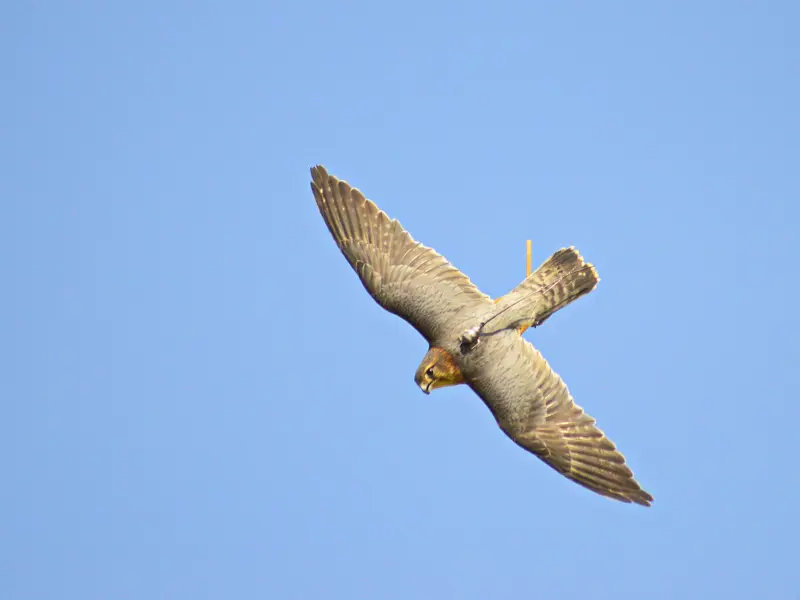“No one will protect what they don't care about; and no one will care about what they have never experienced.” — Sir David Attenborough

Merlin Falcon
Freya
Freya is our female Merlin Falcon. Hatched in 2023, she is one of the newest members of our family. In the wild, she would be fast enough to catch dragon flies, and this makes her amazing to watch in displays flying to a lure.
Freya is named after a character in the TV series 'Merlin' who falls in love with the magician.









